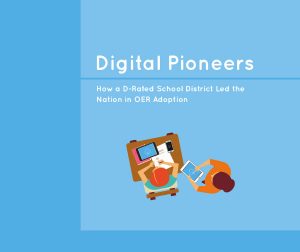Machine learning is a hot topic in the current technology landscape, and in the coming years, it is expected to bring about new breakthroughs. Can machines do what humans can do? In the 1950s, Alan Turing published a paper on the idea of a thinking machine, and now machine learning has made a tremendous impact on every imaginable industry. In the past five years, news stories talked about how computers lacked the ability to do complex tasks requiring seasoned judgment (e.g., driving a car) – only computers are getting faster than most predicted.
Pedro Domingos, a computer science professor at the University of Washington, foresees that machine learning will become the new infrastructure for everything. With the recent rise in machine learning, coding capabilities and algorithms have enabled computers to learn from data. We interact with computers every day, teaching them what we like. As we search for books on Amazon or watch movies on Netflix, machine learning assists with a deeper analysis of user data to predict patterns and recommend similar products based on our behavior. Ultimately, machine learning has become a new weapon for attacking real-world problems from cancer to climate change to terrorism.
Big data and analytics are leading change in education. For educators in K-12 and higher education, these technological tools create opportunity to analyze key student metrics and trends.
Take a look at these four types of technologies that are improving learning:
Content Analytics
Are teachers using the best possible content? This level of data analysis takes a deeper dive to better inform the design of new course content and understand its impact (or lack thereof) on students.
Learning Analytics
Game-based learning and adaptive learning systems are growing in use. This technology is designed to build statistical models of student knowledge, tracking their progress in order to personalize the learning experience.
Predictive Analytics
How can machine learning improve the teacher hiring process? Predictive tools use data to radically transform hiring decisions. Often teacher screening may focus on only one dimension associated with teacher quality, but predictive analytics take a more robust approach to enable objective and evidence-based decisionmaking.
Automating Administrative Tasks
There are hundreds of apps designed to alleviate a range of consuming clerical tasks, including grading and dynamic scheduling to match students that need help with available teachers.
References:
Johnson, Eric. “In Five Years, Machine Learning Will Be a Part of Every Doctor’s Job,” Recode, Dec 5, 2016. Article link
Weldon, David. “2017 Will See Strong Focus on Machine Learning, Data Consolidation.” Information Management, Dec 6, 2016. Article link
